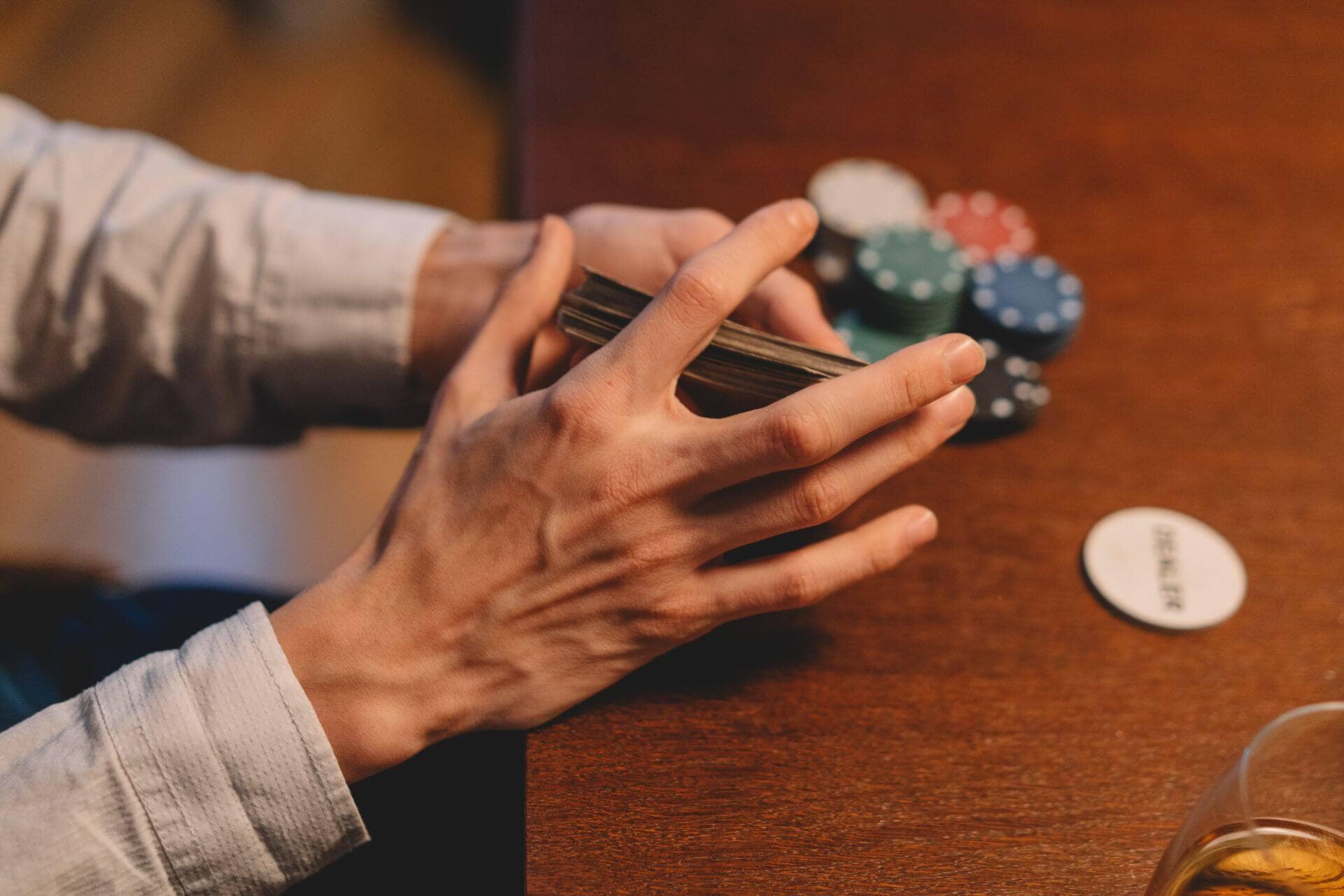Tips and Tricks to Win at Poker
If you want to become a successful Texas holdem poker player, there are some things you can do to help you win. Among these are slow-playing, bluffing, and getting out after the flop. By understanding these tips, you will be able to take your game to the next level.
Pro Tips and Tricks to Win at Poker
Bluffing
Bluffing is one of the most important aspects of poker. It helps you narrow the field and takes chips away from weaker players. It also provides a valuable opportunity to make a profitable bet. However, it requires that you take a bit of initiative. You will need to think ahead and prepare for some of the common mistakes. You will also need to know when to bluff and when to fold.
Inexperienced players often bluff too much. They fail to bluff effectively and lose a lot of chips. Beginners should limit their bluffs to quick bets on mediocre hands. If they do bluff, they should use a sizing that is the same as what they would bet on a value hand.
The image of the table plays a big role in your bluffing success. If your opponents perceive you as a loose player, they will be more likely to call. On the other hand, if your opponents perceive you as a tight player, they will be more likely to fold.
Slow-playing too often
When you start out playing poker, you may be tempted to slow play too often. However, it’s important to remember that not all situations will call for such an overly cautious approach.
The main purpose of slow play is to create the illusion that you have a weaker hand. This can be particularly useful in a wet board, where your opponent might be looking to make a draw. If your opponent is bluffing, however, you could be suckered into betting more than you should.
Another nifty feature of slow play is that it can actually get you more chips in a pot. You’re not betting your entire stack, but you’re betting enough to give your opponent a good chance at catching up.
You can also use this strategy to bluff your opponent. For instance, you might raise a small blind, which will encourage your opponents to fold. If your opponents don’t fold, you can take your chances on the river.
Tilt
Tilting is when emotions take over a player’s poker game. This is not always a bad thing, as tilt can give the player an edge over the competition. However, it can also ruin a player’s bankroll.
When a player gets into the emotional state of tilt, it is best to walk away and let the emotions subside. This will enable the player to make better decisions.
When it comes to playing poker, there are several triggers that can trigger a tilt. This includes being frustrated with a bad beat. For example, if you’ve lost a pot on a bad hand, you’re likely to get upset. The result is that you may play a poor hand and fold. This can lead to further tilt.
Not only does tilt impair the player’s ability to think clearly, but it can also prevent them from making proper fundamental decisions. Therefore, it is important to learn how to recognize and avoid tilt.
Getting out after the flop
Most experienced players know that one of the keys to success in poker is getting out after the flop. This means folding when it looks like you are likely to lose instead of trying to hit a miracle card on the turn or river.
Getting out after the flop will help you reduce your losses and maximize your profits over time. The key is to read your opponents accurately and get out once you see that there is a good chance that they have a better hand than yours.
In summary, these are just a few tips and tricks for winning at poker. By practicing these techniques, learning from mistakes, and observing other successful players, anyone can become a great poker player! Best of luck!



